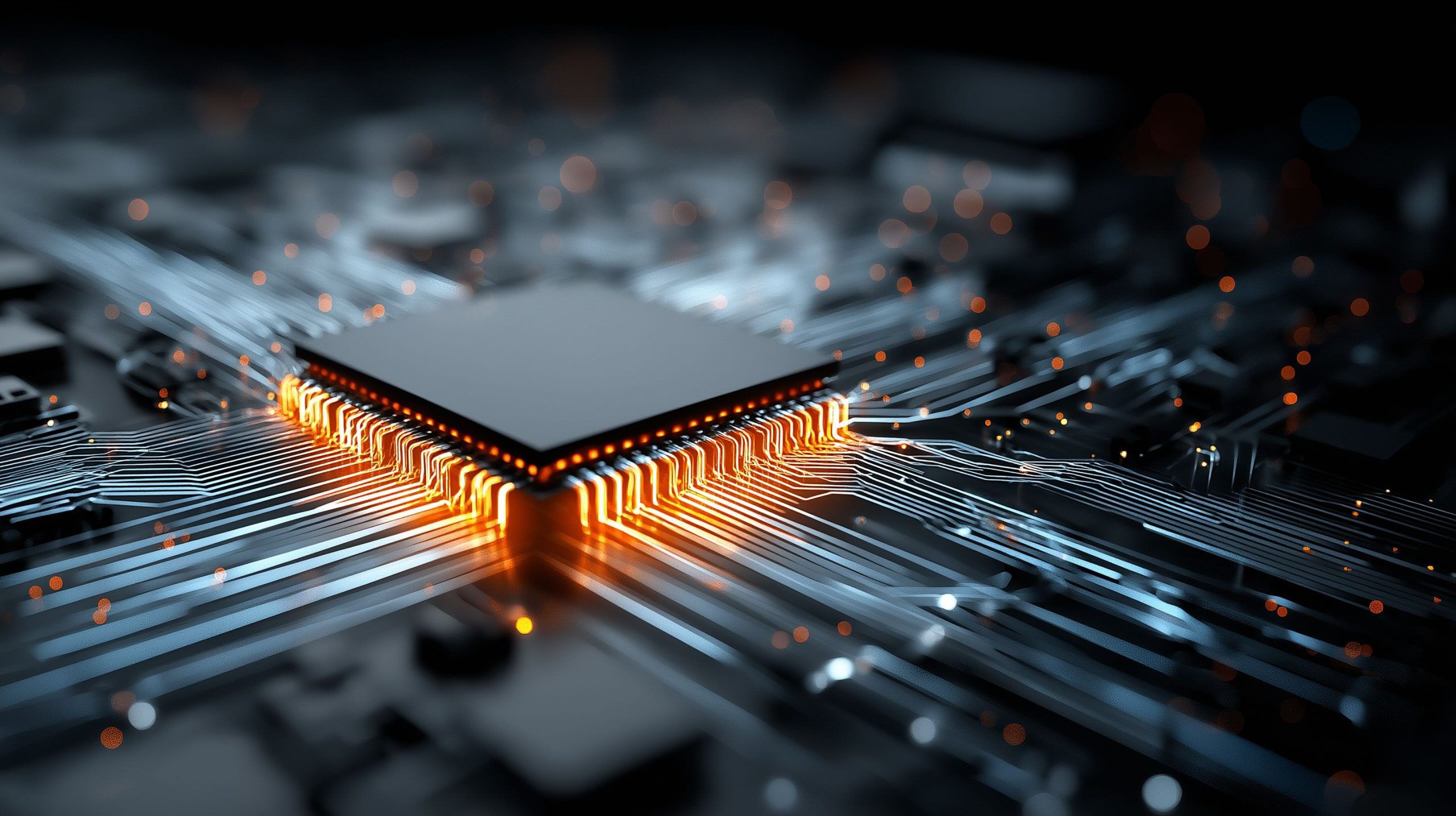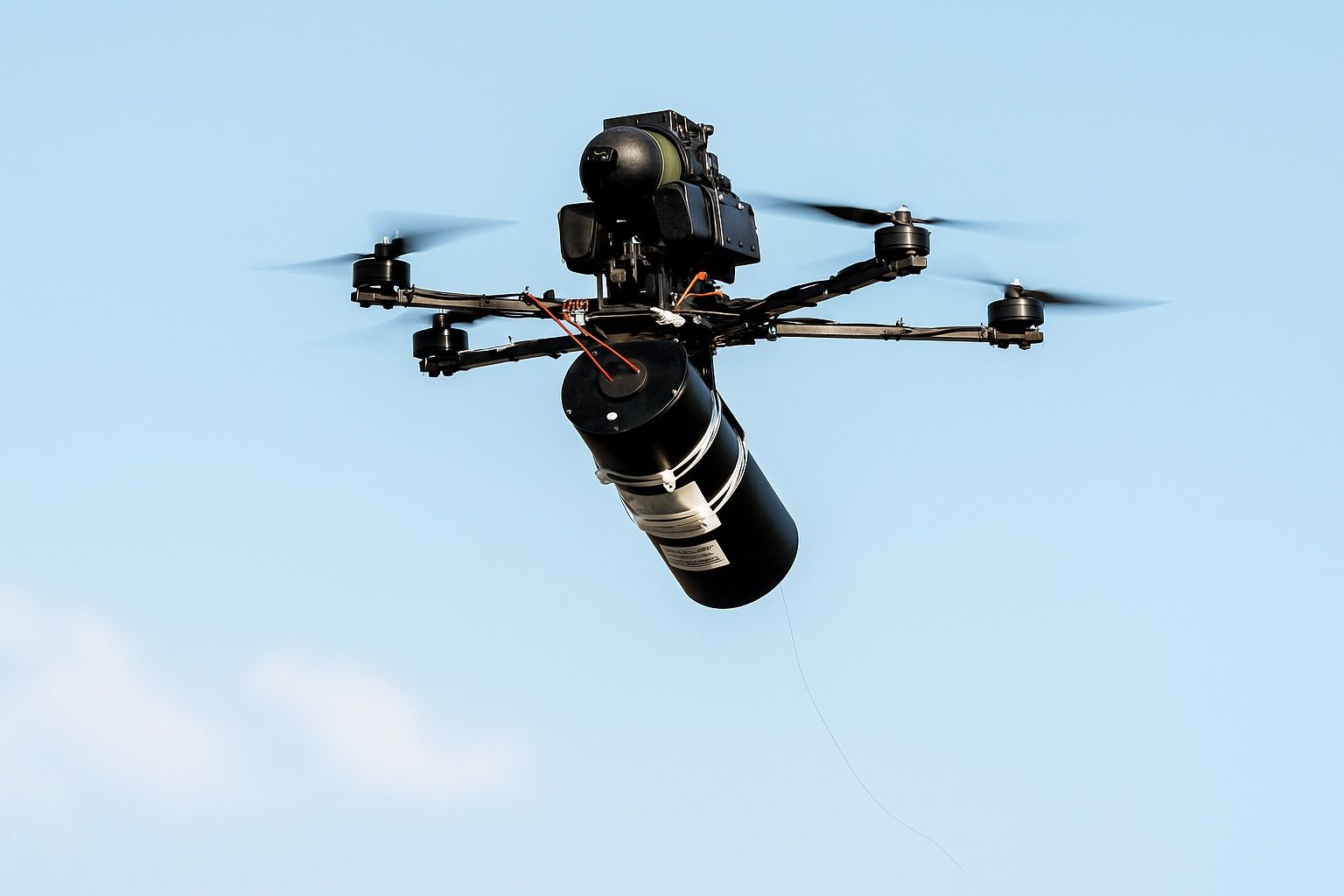
Photonic AI Accelerators vs. GPUs – The Battle for AI’s Future in Efficiency, Cost, and Scale
1. Performance per Watt: Photon vs. Electron Efficiency One of the biggest promises of photonic AI accelerators is superior energy efficiency. By using light to perform computations (especially matrix multiplications at the heart of AI models), photonic chips can potentially






